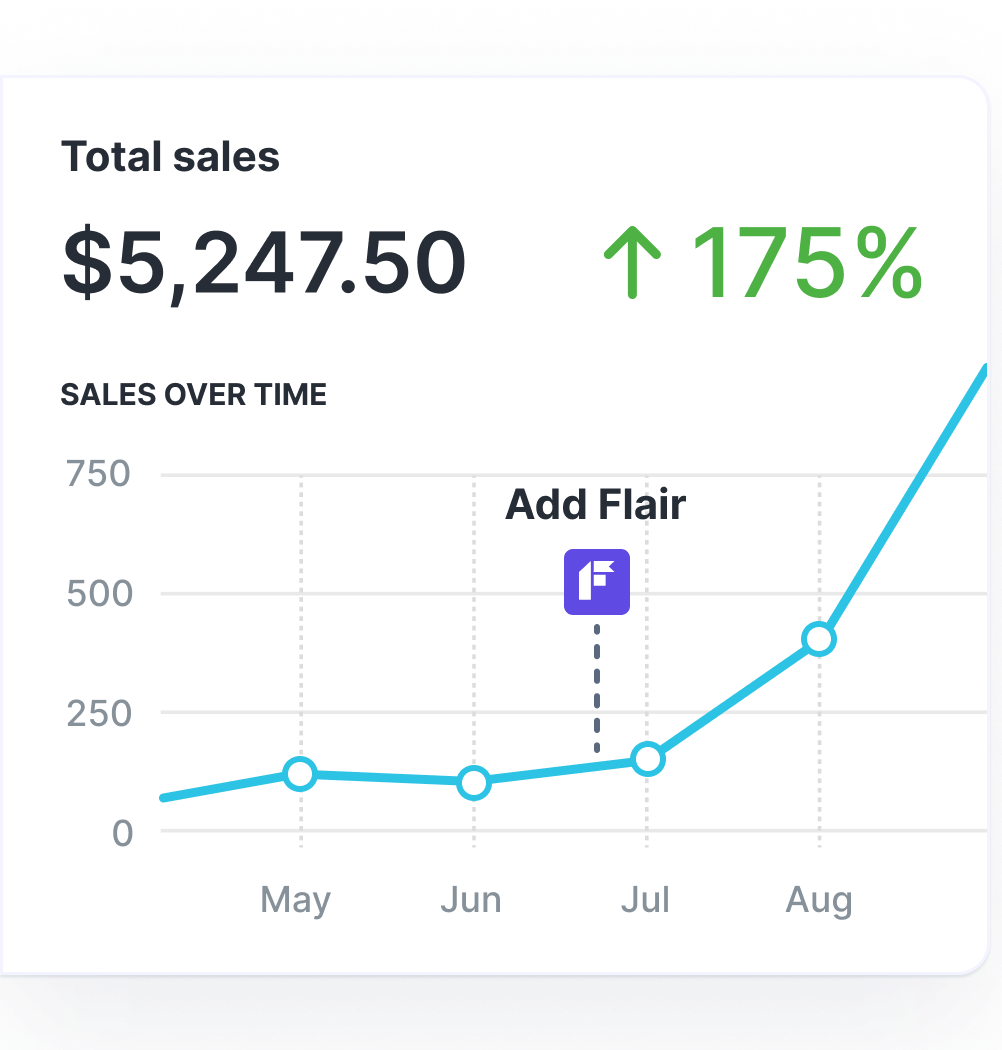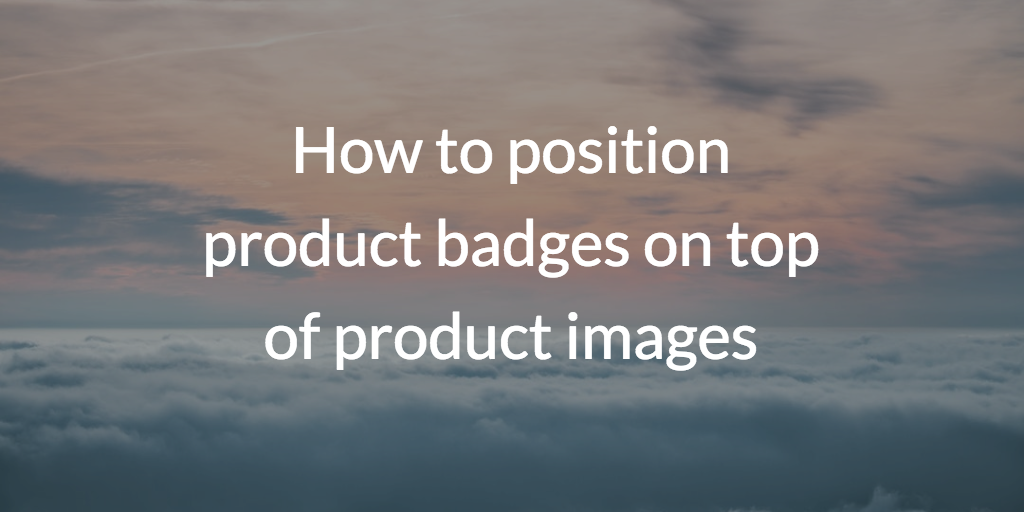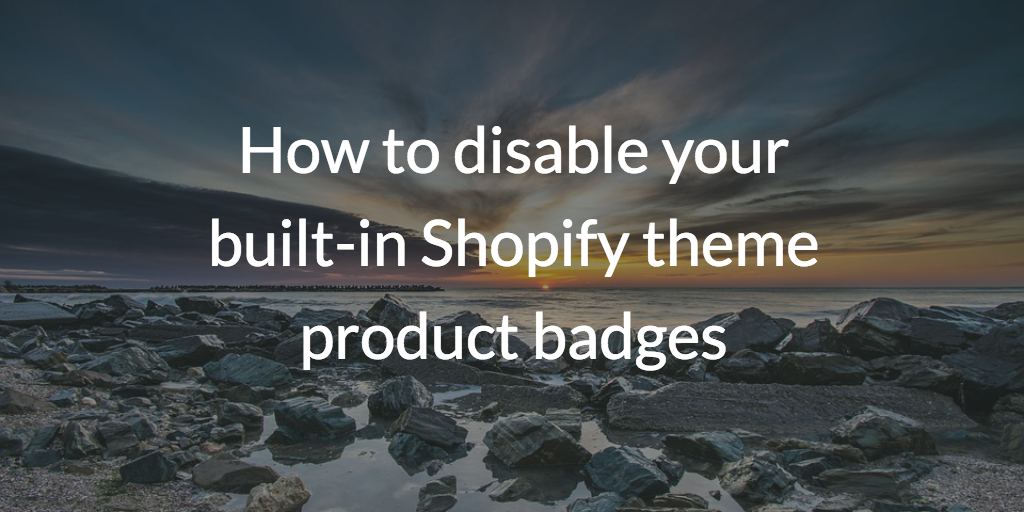Shopify Product Information: Enhance the Customer Experience and Boost Sales

It’s a sad fact of e-commerce life that the vast majority of sessions on your Shopify store won’t lead to purchases.
On average, online retailers see a cart abandonment rate of 70.19%. So even when someone adds an item to their shopping cart, the odds are stacked against you that they’ll actually buy something.
And we haven’t even mentioned browse abandoners — shoppers who view a product page but bounce before adding-to-cart.
Clearly, just a small improvement to your abandonment rates would have a massive impact on sales and revenue.
With that in mind, we’ve collated 18 tried-and-trusted strategies to enhance your Shopify product information, covering:
- Product descriptions
- Product imagery
- Product specifications
Because when customers understand and trust your products, they’re more likely to buy.
Let’s get into it…
5 Reasons To Optimize Your Product Information
Before we start sharing practical tips, let’s consider the wide-ranging benefits of optimizing your product information:
Boost Conversions
This is the big one.
When you provide clear, accurate, credible product information, shoppers feel more confident that the item they’re browsing meets their needs.
So they’re more likely to buy now rather than shopping around for other options (or holding off making a purchase decision altogether).
Build Trust
Per the Baymard Institute, one of the most common reasons why shoppers don’t complete purchases is a lack of trust.

Ultimately, if they’re not confident that you’ll look after their payment details, they won’t buy.
But you can mitigate these concerns — at least partially — by sharing detailed product information incorporating trust factors like customer reviews and trust badges.
Reduce Returns
In 2023, total retail returns amounted to an astonishing $743 billion in merchandise, equivalent to 14.5% of all sales.

That sucks, huh?
Some returns are inevitable — like when a customer buys two different products, keeps the one they prefer, and sends the other back.
But you can reduce your return rate by sharing clear and accurate product information. That way, shoppers know exactly what they’re getting, so there’s less chance they’ll return it.
Improve Search Performance
A less-obvious benefit of creating high-quality product information: it could help your product pages generate more traffic via the magic of SEO.
Search engines prioritize useful, informative content. So if you take the time to share detailed product info, you stand a better chance of ranking for product-related search terms.
For example, when we wrote this article, the following page was in the top 10 for the keyword “men’s blue linen shirt”:

Just imagine how much more traffic (and revenue) you’d generate if all your product pages ranked for juicy, high-intent terms like that.
Drive Engagement
If your product pages are packed with compelling copy, helpful descriptions, attractive imagery, and other engaging content, shoppers are more likely to stick around.
And the longer people spend on a product page, the more chance they have to learn about the product in question.
Which, in turn, gives you more opportunity to persuade them to buy.
18 Ways To Enhance Product Information
Enough theory — let’s dig into all the different ways you can level up your product information to improve the customer experience and drive more sales:
Write Clear, Compelling Product Descriptions
Product descriptions are sections of written marketing copy that live on product pages.
Their job is to explain what the product is in a way that appeals to potential customers, thereby increasing the likelihood of a sale.
Here’s an example from Beefcake Swimwear:

There’s no one-size-fits-all approach to creating high-quality product descriptions. But you should consider the following tips and strategies when creating yours…
Speak To Your Target Customer
Product descriptions shouldn’t be a dull list of features.
Rather, they should describe your product in a way that resonates with your target buyer.
To show you how that looks in practice, take a look at this description from hot sauce brand Fly By Jing:

This is a starter set, which suggests the customer (or the person they’re shopping for) may be unfamiliar with the tongue-tingling world of Chinese chili sauce. More fool them, right?
So the description focuses on information that would resonate with first-timers, such as:
- The versatility of the brand’s hot sauces
- The flavor profile of each sauce in the starter set
- The spice levels you can expect from each
Never forget: you’re writing for real humans with real needs, not faceless bots.
Share Benefits, Not Features
Perhaps the most common mistake Shopify merchants make when writing product descriptions is to just reel off a bunch of features — battery life, size, color variants…
Snooze.
Sure, that sort of information is useful, but it belongs in a separate section on product specifications. Save the description for discussing specific product benefits that appeal to your target audience.
For example, Verve Coffee Roasters shares a bunch of information about the taste and drinking experience of its various coffee beans:

It even includes a brewing suggestion from an actual coffee shop manager, providing some additional color about the product:

All of which makes for a more engaging, persuasive product description than simply listing the types of coffee beans or their country of origin.
Highlight Key Information
Product descriptions are a delicate balancing act.
You want to provide as much information as possible. But at the same time, you don’t want customers to feel overwhelmed. No one wants to read a whole essay when shopping for a new pair of jeans.
That’s why it pays to write scannable product descriptions by making key information easy to find.
For instance, you can use bullet points, just like Beefcake Swimwear:

And you can supplement your descriptions with product badges and labels that highlight key selling points, like this example from Allbirds:

Pro tip: Learn more in our guide: The Ultimate Guide To Product Badges.
Add Social Proof
Social proof — including things like customer reviews, testimonials, and trust badges — plays a key role in driving conversions.
So much so that 45% of consumers won’t purchase a product with no available reviews.
Product descriptions are an obvious place to incorporate social proof on your product pages. Like how Maguire Shoes includes a product’s star rating just above the description copy:

Or how Maguire Shoes builds urgency and scarcity by adding an “almost sold out” badge to best-selling products:

Pro tip: Find out more about social proof (and how to use it) in our guide: What is Social Proof and How to Incorporate It Into Your E-Commerce Store.
Use Facts to Back Up Claims
In a world where consumers are better informed (and more skeptical) than ever, you can’t afford to rely on baseless claims to sell your products.
You need to back up your words with something more concrete.
For example, phone case brand Pela makes a big deal about sustainability and the environment.
But rather than vaguely describing its products as “eco-friendly”, it explains what they’re made from and how the company works with nonprofits to support various environmental causes:

Given that 46% of consumers want brands to take the lead on creating sustainable change, it’s easy to see how this sort of messaging can drive conversions.
Use Tactile and Sensory Language
Clearly, online shoppers can’t physically handle your products before buying.
So the next best thing is to use tactile and sensory language in your product descriptions (combined with high-quality product images — more on them later).
Clothing brand Kirrin Finch does a great job of this by discussing its “enhanced fabric” and “softer feel”:

Bonus points for how its descriptions tell a story, helping shoppers picture what it’d be like to own and wear its products.
Avoid Cliches and Buzzwords
When writing product descriptions, it’s easy to fall back on tired cliches and meaningless buzzwords.
Unless you’re writing for a specialist audience, you should always strive to write in plain language that actually says something.
For example, wedding decor brand Silk & Willow manages to explain the unique and exciting qualities of a piece of ribbon, without sounding contrived, cliched, or overly wordy:

If in doubt, read your product copy out loud. Any buzzword-laden or cringe-worthy phrases will stick out like a sore thumb.
Use High-Quality Images To Showcase Products
Product images are — as the name suggests — images added to product pages, typically alongside or above the product description:

In tandem with product descriptions, images help bring your products to life and build buying intent. So it’s vital you get them right.
Here’s how to do it…
Invest in the Right Equipment
First up, let’s talk photography gear.
Relax: you don’t need to spend hundreds of bucks on a high-end DSLR to capture product imagery. The camera on your iPhone will do just fine.
But if you sell more than a dozen or so products, we’d definitely recommend buying a basic tripod and lighting to ensure consistency across all your product photos.
Show Products From Multiple Angles
When you’re shopping at a brick-and-mortar store, you probably don’t buy products solely based on seeing them head-on.
More likely, you pick them up, spin them around, and generally get a 360-degree view.
Customers visiting your Shopify store want to do the same. So be sure to capture products from multiple angles, like this example from The Outrage:

Choose a Consistent, Plain Background
Generally speaking, you want your product to be the star of the show.
To avoid unwanted distractions, shoot your product photos against a consistent, plain background, steering clear of dark colors or busy patterns.
If in doubt, use a white or light gray background, just like Hiut Denim does here:

The exception to this rule is when you’re taking lifestyle images…
Add Context and Desirability With Lifestyle Imagery
Whereas standard product photography is all about cutting out the noise, lifestyle imagery is designed to show your product in its natural environment.
The idea here is to make your product look more aspirational, while helping shoppers imagine what it’d be like to own it. As such, lifestyle photos typically involve “real-world” scenes, including products being used by actual humans.
For example, compare the standard Hiut Denim product photo we shared in the previous section and this lifestyle image:

Incorporate both types of imagery on product pages to give a more rounded view of your products.
Use the Right Image Sizes
Naturally, you want your product images to display clearly and in the right dimensions across a range of pages and device types.
While requirements may vary depending on your store’s theme, the safest bet is to upload square product images measuring 2,048 x 2,048 pixels.
Because square images just work, as demonstrated here by Goodee:

Pro tip: Discover everything you need to know about image dimensions (and more) in our Shopify Image Optimization Guide.
Allow Customers To "Zoom In" On Images
Customers might want to take a closer look at a product before buying. Let them do exactly that by giving them the ability to zoom in on product images.
For example, United By Blue allows shoppers to zoom in by tapping the magnifying glass icon:

Unless you have a decent level of coding skills, you’ll need a dedicated app to enable this functionality. Here are some options from the Shopify App Store:
| App Name | Pricing | Review Score |
| Cool Image Magnifier | $2.99/month | 4.7/5 (399 reviews) |
| Magic Zoom Plus | $69 one-off charge | 4.7/5 (193 reviews) |
| Super Pinch and Zoom | $0 – $8.99/month | 5/5 (25 reviews) |
Pro tip: Find more must-have app recommendations in our guide: Best Shopify Apps To Increase Sales.
Compress Product Images for Faster Loading Speeds
When it comes to online shopping, few things annoy consumers more than slow page loading speeds.
In fact, e-commerce sites that load in one second see 2.5X higher conversion rates than those that load in five seconds.

So it pays to compress your product images (without sacrificing quality) using a free tool like Image Compressor or TinyPNG.
Add Detailed Product Specifications
Last but not least, let’s talk product specs.
These vary based on the type of product you’re selling. For example, men’s footwear brand Velasca shares information about product materials and colors:

But while the specifics might differ, the best practices for crafting effective product specs are pretty interchangeable:
Provide Product Dimensions
The basic rule for writing product specifications is to tell customers whatever they need to know.
As we’ve already noted, this varies from one product category to another.
If you’re selling something bulky — like appliances or furniture — you’ll definitely want to include the product’s dimensions, just like home decor store Pier 1 does here:

Highlight Product Materials
Even if the dimensions of your product aren’t particularly relevant, customers might still want to know about the materials it’s made from.
This is true in plenty of product categories — furniture, apparel, footwear, accessories, jewelry, and lots more besides.
For instance, bags and accessories brand Troubadour Goods lists materials within the “Details and Dimensions” section of its product pages:

Helpfully, it also shares information on how to look after its products in a separate section:

Because if you’re dropping hundreds of dollars on a new briefcase, you want it to stay looking good for as long as possible.
List Everything That's Included
Don’t leave customers in any doubt about what they’re buying.
If you forget to mention that your fancy phone case includes a lifetime warranty, you might miss out on a bunch of sales.
Or, on the flip side, if you fail to clarify that your product doesn’t include a key component — like batteries or a charger — you risk annoying customers when their order arrives. Which could lead to more returns 😢.
Listing everything that’s included is especially important with bundled products, because there’s more room for confusion.
That’s why Bruvi clearly spells out the contents of this coffee-maker bundle:

Pro tip: Learn more about product bundling in our guide: Ignite Sales With 14 Dynamic Online Promotion Tactics!
Highlight Key Attributes With Product Badges
Sometimes, product specifications can be a key selling point, such as:
- Eco-friendly materials
- Handmade craftsmanship
- Newly added features
In that case, you don’t want to hide those specs at the bottom of a product page — you want to shout about them.

Grow Your Shopify Sales by over 175% with Flair
-
Increase sales using product badges and sales banners
-
Maximize conversions with scarcity, urgency and countdown timers
-
Automate promotions with targeted rules and scheduling
Product badges are the perfect solution, drawing the customer’s eye and highlighting your most attractive features, benefits, and promotions.

Pro tip: Want even more product information ideas? Check out our guide: Maximize Conversions: Optimize Your Shopify Product Pages.
FAQs
How do I add product information in Shopify?
To add or edit product information in Shopify, follow these simple steps:
- Log in to your Shopify admin.
- Click Products in the left-hand menu.
- Select the product you want to edit.
- Edit the relevant information (such as the title, product description, and media).
- Click Save to update the relevant product page.
How do I bulk-edit product descriptions on Shopify?
There are two ways to bulk-edit product descriptions on Shopify:
- Use the Bulk edit option within Shopify’s Products dashboard.
- Use a third-party app like Matrixify to import pre-written product descriptions from Excel.




